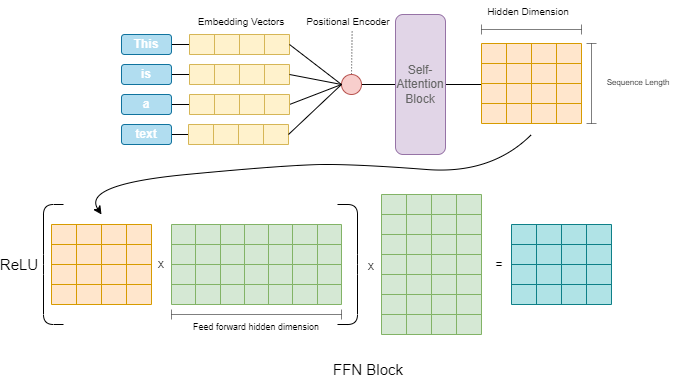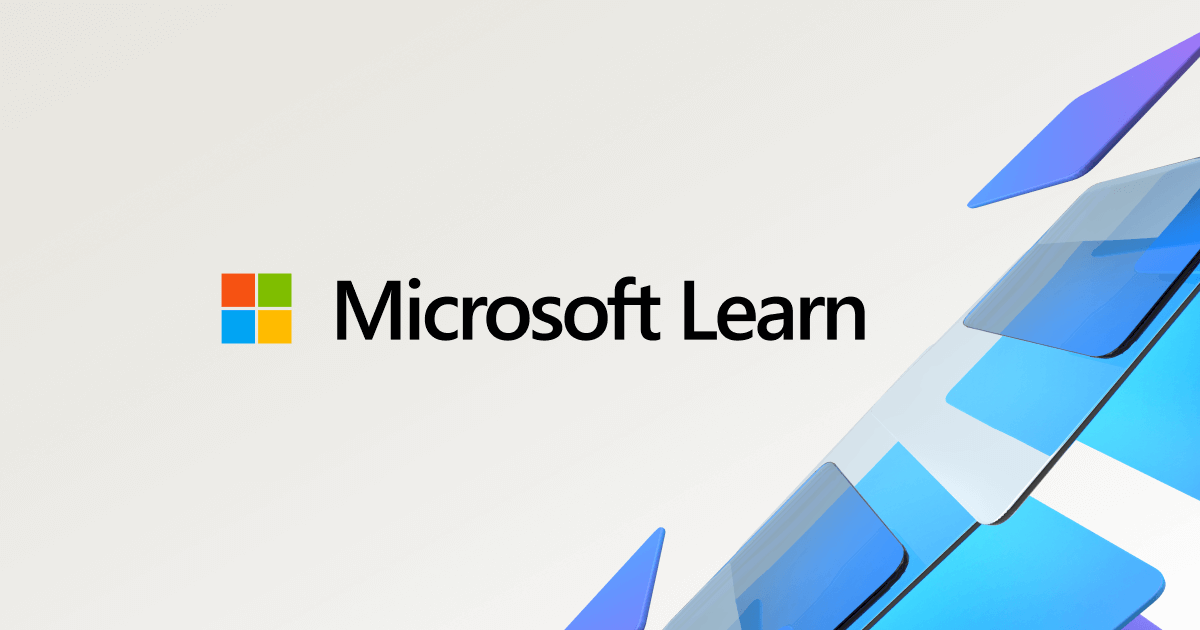Machine Learning
- • 100%community.amd.com AMD Unveils Its First Small Language Model AMD-135M
In the ever-evolving landscape of artificial intelligence, large language models (LLMs) like GPT-4 and Llama have garnered significant attention for their impressive capabilities in natural language processing and generation. However, small language models (SLMs) are emerging as an essential counter...

- • 100%newsroom.ibm.com IBM and NASA Release Open-Source AI Model on Hugging Face for Weather and Climate Applications
IBM announced a new AI foundation model for a variety of weather and climate use cases, available in open-source to the scientific, developer, and business communities.

- pytorch.org Accelerate Your AI: PyTorch 2.4 Now Supports Intel GPUs for Faster Workloads
We have exciting news! PyTorch 2.4 now supports Intel® Data Center GPU Max Series and the SYCL software stack, making it easier to speed up your AI workflows for both training and inference. This update allows for you to have a consistent programming experience with minimal coding effort and extends...

- www.learnpytorch.io Home
Learn important machine learning concepts hands-on by writing PyTorch code.

> ### About this course > Who is this course for? > > You: Are a beginner in the field of machine learning or deep learning or AI and would like to learn PyTorch. > > This course: Teaches you PyTorch and many machine learning, deep learning and AI concepts in a hands-on, code-first way. > > If you already have 1-year+ experience in machine learning, this course may help but it is specifically designed to be beginner-friendly. > > What are the prerequisites? > - 3-6 months coding Python. > - At least one beginner machine learning course (however this might be able to be skipped, resources are linked for many different topics). > - Experience using Jupyter Notebooks or Google Colab (though you can pick this up as we go along). > - A willingness to learn (most important).
- writings.stephenwolfram.com What’s Really Going On in Machine Learning? Some Minimal Models
Stephen Wolfram explores minimal models and their visualizations, aiming to explain the underneath functionality of neural nets and ultimately machine learning.
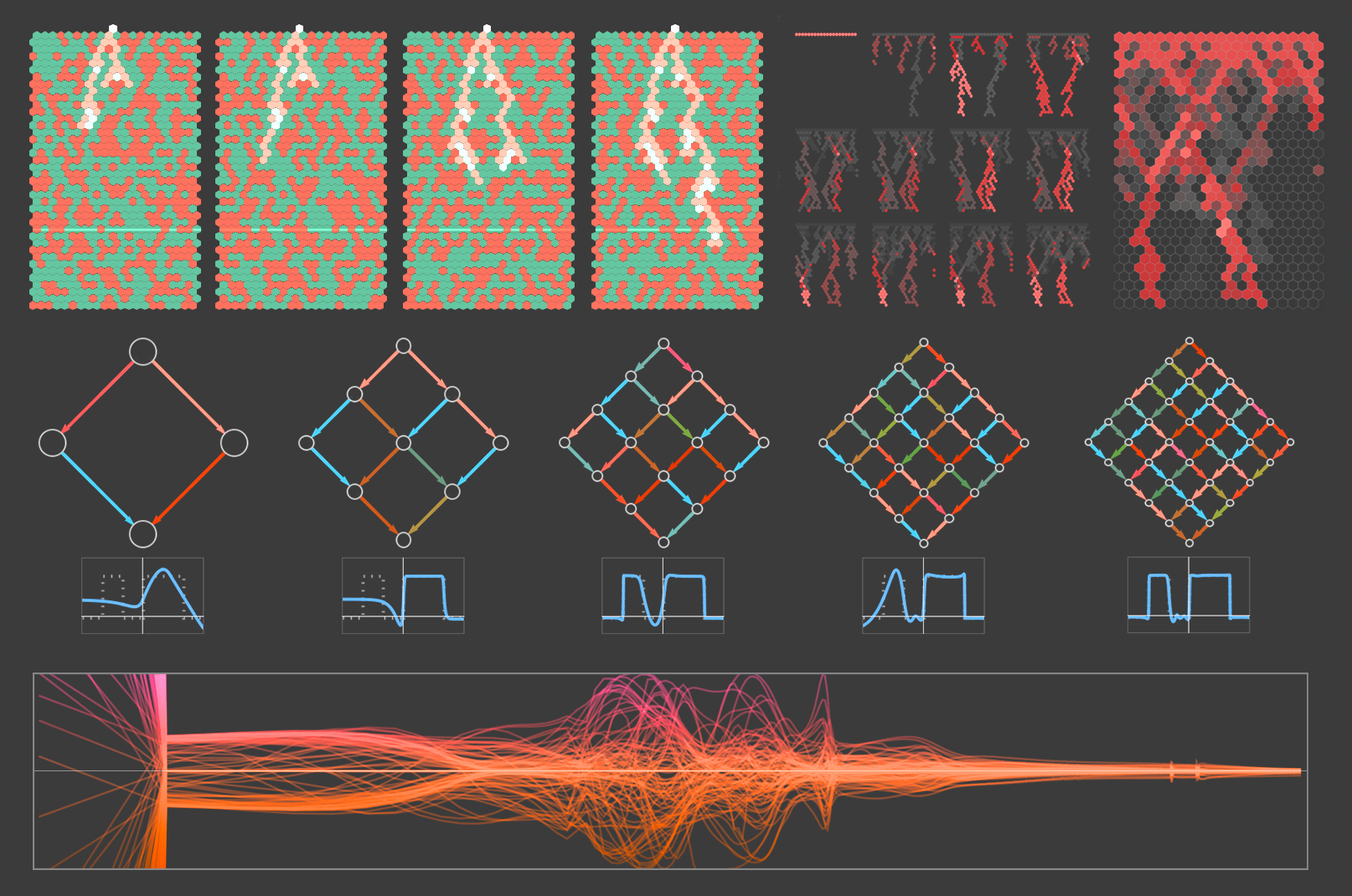
- github.com GitHub - andresvourakis/data-scientist-handbook: This is a repo with links to everything you'd ever want to learn about data science
This is a repo with links to everything you'd ever want to learn about data science - GitHub - andresvourakis/data-scientist-handbook: This is a repo with links to everything you'd ever wa...
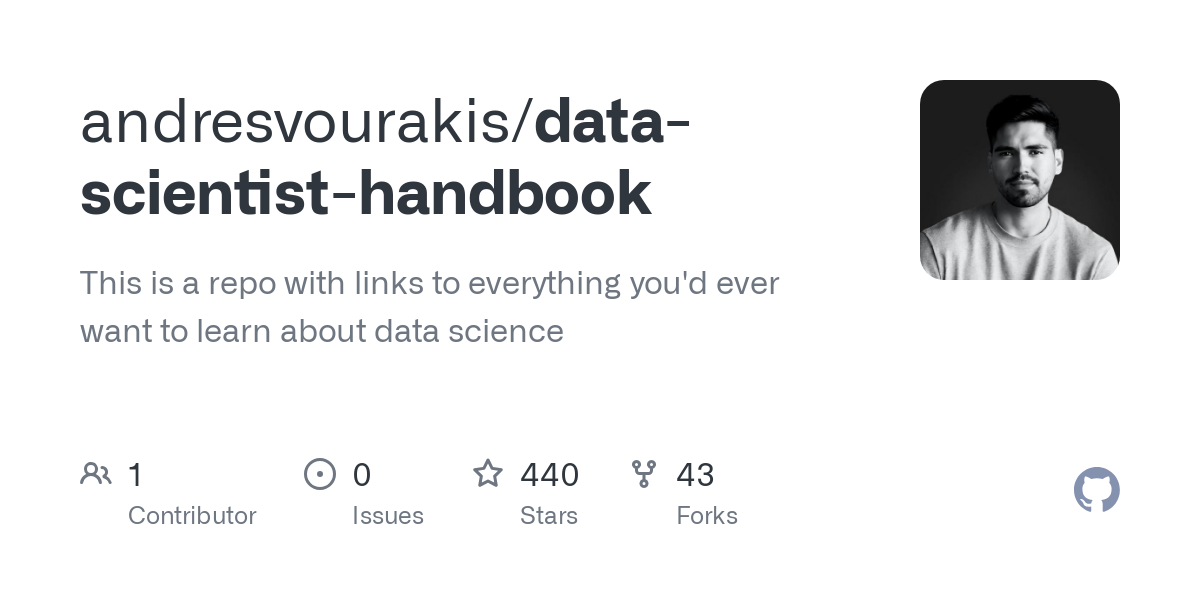
Andres Vourakis writes:
> ### Data Scientist Handbook 2024 > > Curated resources (Free & Paid) to help data scientists learn, grow, and break into the field of data science.
> Even though there are hundreds of resources out there (too many to keep track of), I will try to limit them to a maximum of 5 per category to ensure you get the most valuable and relevant resources out there, plus, the whole point of this repository is to help you avoid getting overwhelmed by too many choices. This way you can focus less time researching and more time learning.
> ### FAQs > > - How is curation done? Curation is based on thorough research, recommendations from people I trust, and my years of experience as a Data Scientist. > - Are all resources free? Most resources here will be free, but I will also include paid alternatives if they are truly valuable to your career development. All paid resources include the symbol 💲. > - How often is the repository updated? I plan to come back here as often as possible to ensure all resources are still available and relevant and also to add new ones.
- www.allendowney.com Elements of Data Science
I’m excited to announce the launch of my newest book, Elements of Data Science. As the subtitle suggests, it is about “Getting started with Data Science and Python”. Order now fro…

July 17, 2024
Allen B. Downey writes:
> Elements of Data Science is an introduction to data science for people with no programming experience. My goal is to present a small, powerful subset of Python that allows you to do real work with data as quickly as possible. > > Part 1 includes six chapters that introduce basic Python with a focus on working with data. > > Part 2 presents exploratory data analysis using Pandas and empiricaldist — it includes a revised and updated version of the material from my popular DataCamp course, “Exploratory Data Analysis in Python.” > > Part 3 takes a computational approach to statistical inference, introducing resampling method, bootstrapping, and randomization tests. > > Part 4 is the first of two case studies. It uses data from the General Social Survey to explore changes in political beliefs and attitudes in the U.S. in the last 50 years. The data points on the cover are from one of the graphs in this section. > > Part 5 is the second case study, which introduces classification algorithms and the metrics used to evaluate them — and discusses the challenges of algorithmic decision-making in the context of criminal justice. > > This project started in 2019, when I collaborated with a group at Harvard to create a data science class for people with no programming experience. We discussed some of the design decisions that went into the course and the book in this article.
Read Elements of Data Science in the form of Jupyter notebooks.
- • 94%arstechnica.com Researchers upend AI status quo by eliminating matrix multiplication in LLMs
Running AI models without floating point matrix math could mean far less power consumption.

- ai.meta.com Sharing new research, models, and datasets from Meta FAIR
Meta FAIR is releasing several new research artifacts. Our hope is that the research community can use them to innovate, explore, and discover new ways to apply AI at scale.
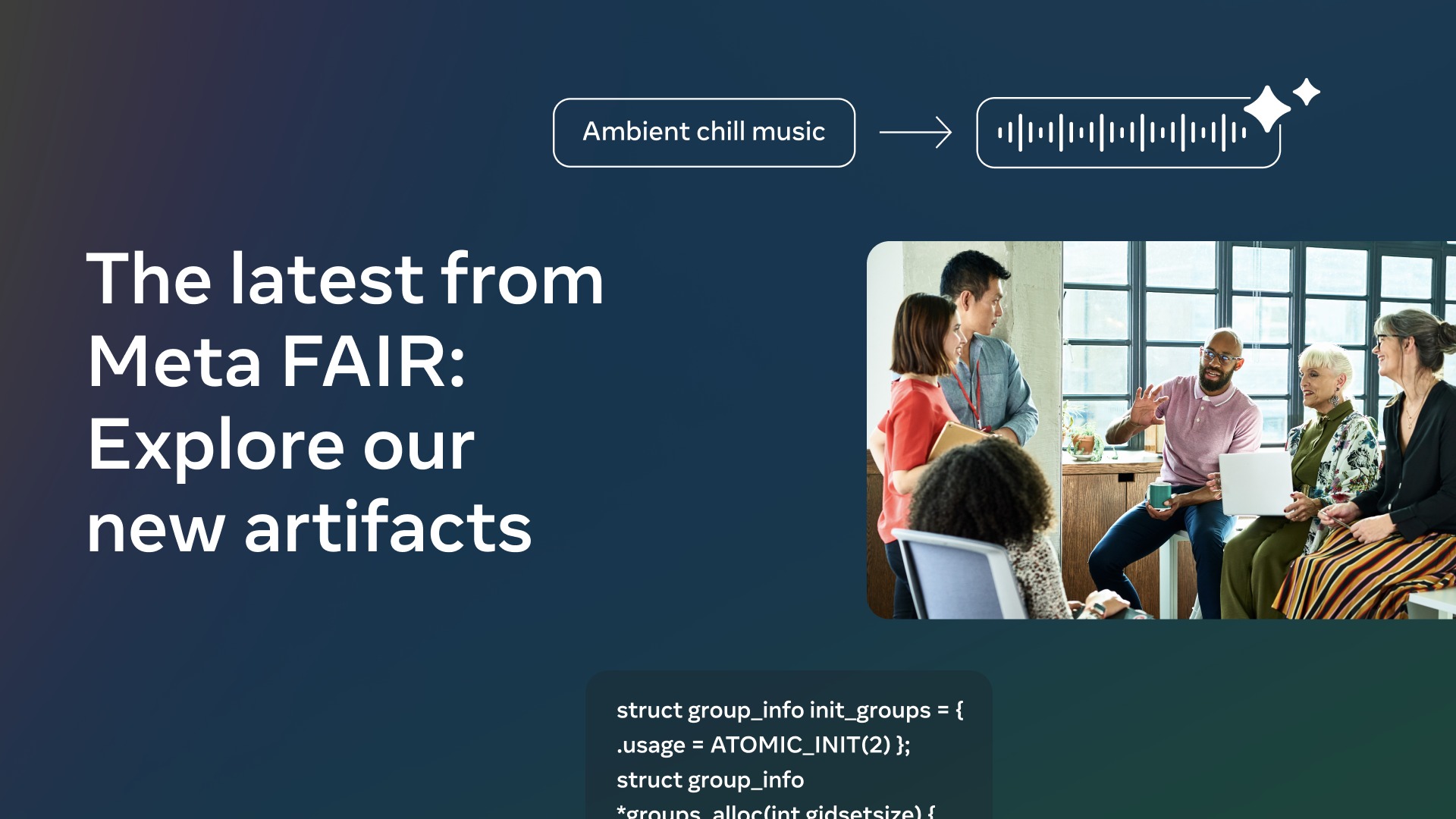
- • 80%machinelearning.apple.com Introducing Apple’s On-Device and Server Foundation Models
At the 2024 Worldwide Developers Conference, we introduced Apple Intelligence, a personal intelligence system integrated deeply into…
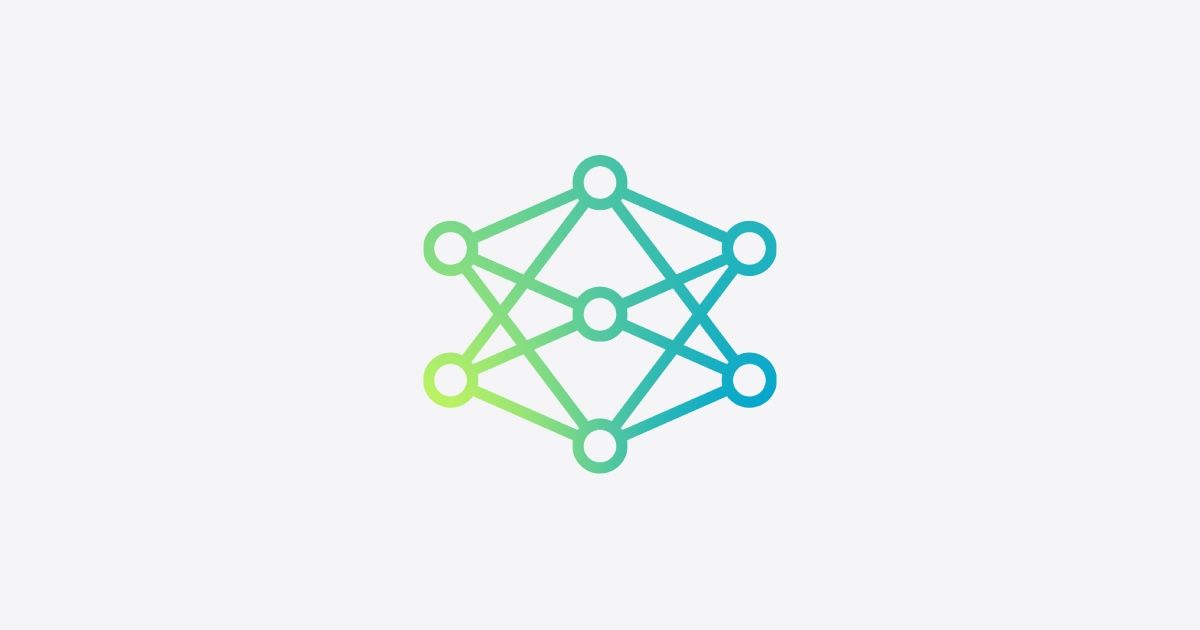

YouTube Video
Click to view this content.
Video description: > We reproduce the GPT-2 (124M) from scratch. > >This video covers the whole process: > > First we build the GPT-2 network, then we optimize its training to be really fast, then we set up the training run following the GPT-2 and GPT-3 paper and their hyperparameters, then we hit run, and come back the next morning to see our results, and enjoy some amusing model generations. > > Keep in mind that in some places this video builds on the knowledge from earlier videos in the Zero to Hero Playlist (see my channel). You could also see this video as building my nanoGPT repo, which by the end is about 90% similar.
Pedro Domingos summarizes 12 key lessons that machine learning researchers and practitioners have learned. These include pitfalls to avoid, important issues to focus on, and answers to common questions.
- • 100%journals.lww.com Multicollinearity in Logistic Regression Models : Anesthesia & Analgesia
An abstract is unavailable.
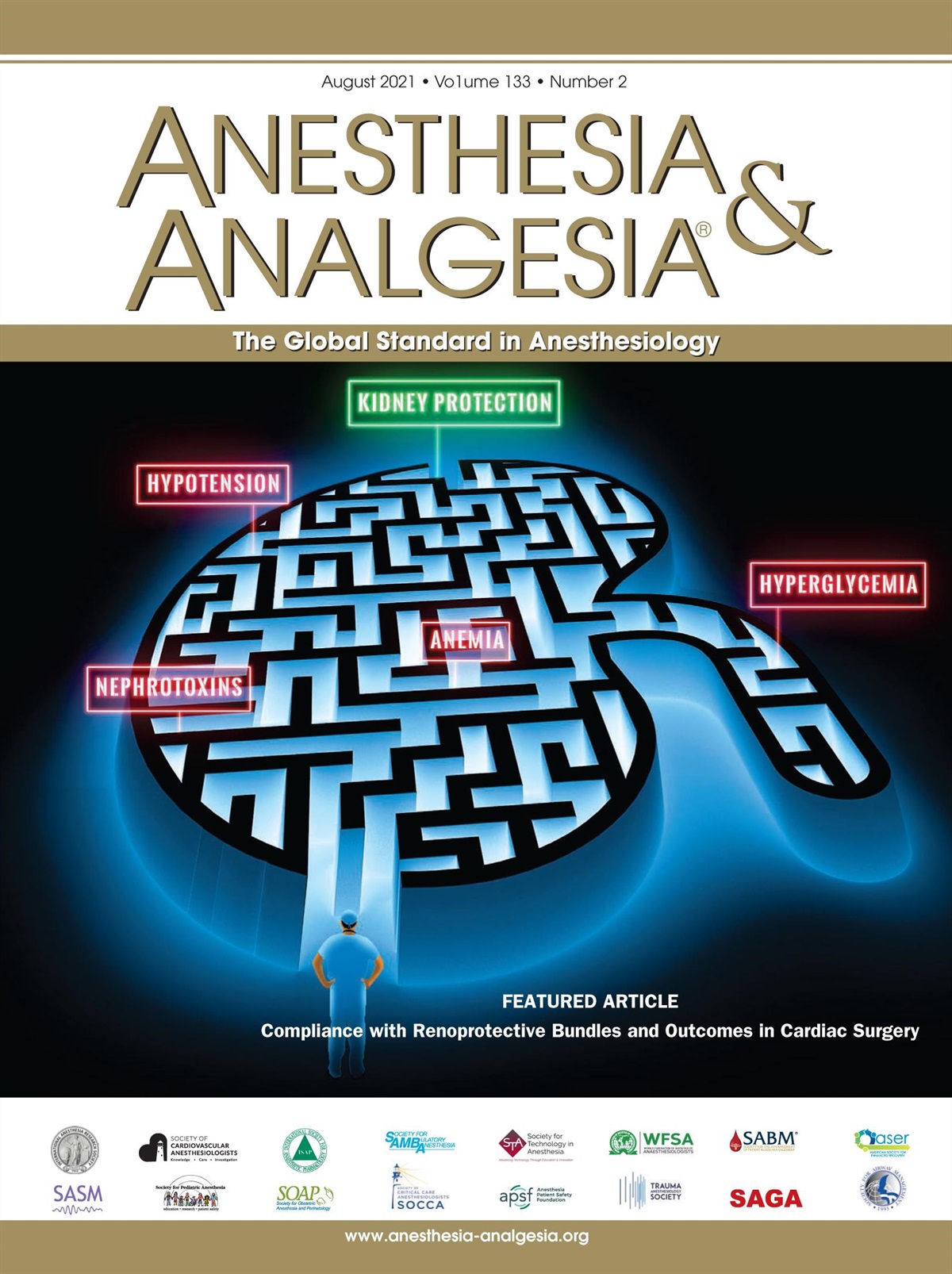
Bayman, Emine Ozgur PhD*; Dexter, Franklin MD, PhD, FASA†. Multicollinearity in Logistic Regression Models. Anesthesia & Analgesia 133(2):p 362-365, August 2021. | DOI: 10.1213/ANE.0000000000005593
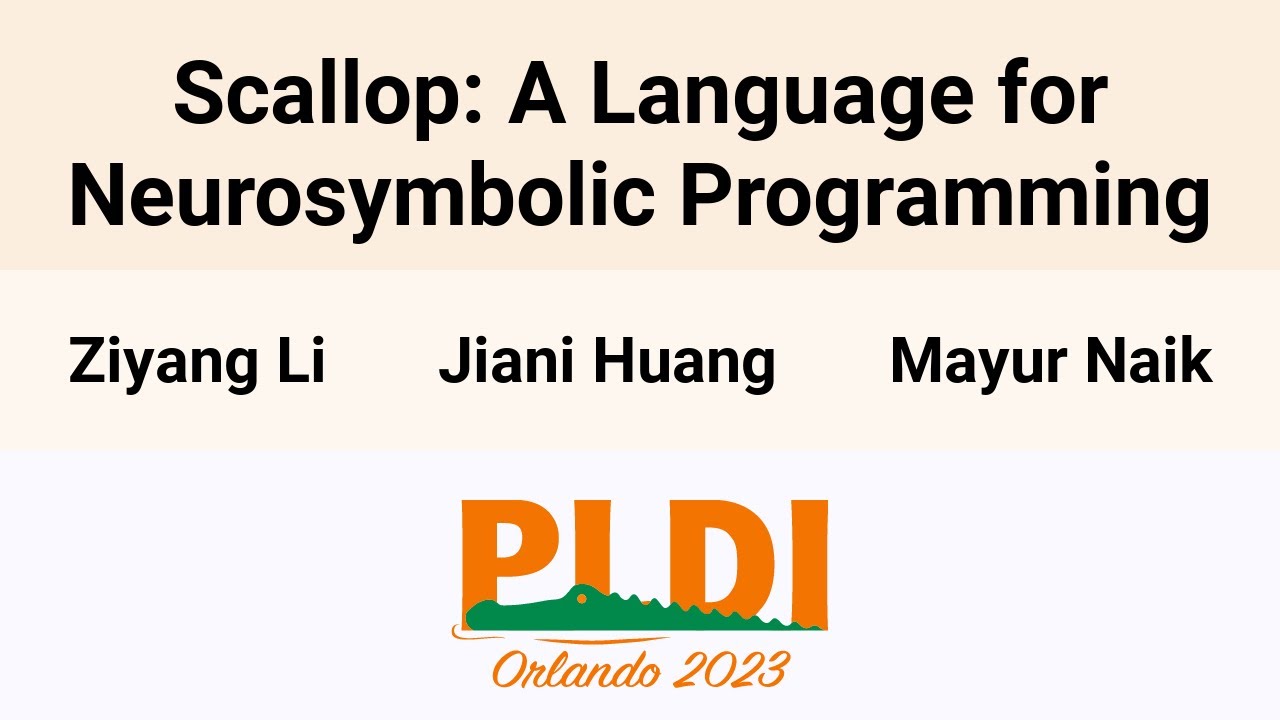
YouTube Video
Click to view this content.
cross-posted from: https://lemmy.one/post/13942290
> Abstract: We present Scallop, a language which combines the benefits of deep learning and logical reasoning. Scallop enables users to write a wide range of neurosymbolic applications and train them in a data- and compute-efficient manner. It achieves these goals through three key features: 1) a flexible symbolic representation that is based on the relational data model; 2) a declarative logic programming language that is based on Datalog and supports recursion, aggregation, and negation; and 3) a framework for automatic and efficient differentiable reasoning that is based on the theory of provenance semirings. We evaluate Scallop on a suite of eight neurosymbolic applications from the literature. Our evaluation demonstrates that Scallop is capable of expressing algorithmic reasoning in diverse and challenging AI tasks, provides a succinct interface for machine learning programmers to integrate logical domain knowledge, and yields solutions that are comparable or superior to state-of-the-art models in terms of accuracy. Furthermore, Scallop's solutions outperform these models in aspects such as runtime and data efficiency, interpretability, and generalizability.
Original post on r/learnmachinelearning
Apr 18, 2022 | Tarique Anwar Writes:
> The main reason for ReLu being used is that it is simple, fast, and empirically it seems to work well. > > But with the emergence of Transformer based models, different variants of activation functions and GLU have been experimented with and do seem to perform better. Some of them are: > > - GeLU² > - Swish¹ > - GLU³ > - GEGLU⁴ > - SwiGLU⁴ > > We will go over some of these in detail but before that let’s see where exactly are these activations utilized in a Transformer architecture.
Read Activation function and GLU variants for Transformer models
- • 100%
> # Summary > Activation functions are crucial in neural networks, introducing non-linearity and enabling the modeling of complex patterns across varied tasks. This guide delves into the evolution, characteristics, and applications of state-of-the-art activation functions, illustrating their role in enhancing neural network performance. It discusses the transition from classic functions like sigmoid and tanh to advanced ones such as ReLU and its variants, addressing challenges like the vanishing gradient problem and the dying ReLU issue. Concluding with practical heuristics for selecting activation functions, the article emphasizes the importance of considering network architecture and task specifics, highlighting the rich diversity of activation functions available for optimizing neural network designs.
- https:// www.marktechpost.com /2024/03/29/alibaba-releases-qwen1-5-moe-a2-7b-a-small-moe-model-with-only-2-7b-activated-parameters-yet-matching-the-performance-of-state-of-the-art-7b-models-like-mistral-7b/
- devblogs.microsoft.com Data Science Day 2024 - Schedule Announcement - Python
Python Data Science Day will be taking place March 14th, 2024; a "PyDay" on Pi Day: 3.14 🥧. If you're a Python developer, entrepreneur, data scientist, student, or researcher working on projects from hobbyist and start up to enterprise level, you'll find solutions to modernize your data pipelines a...
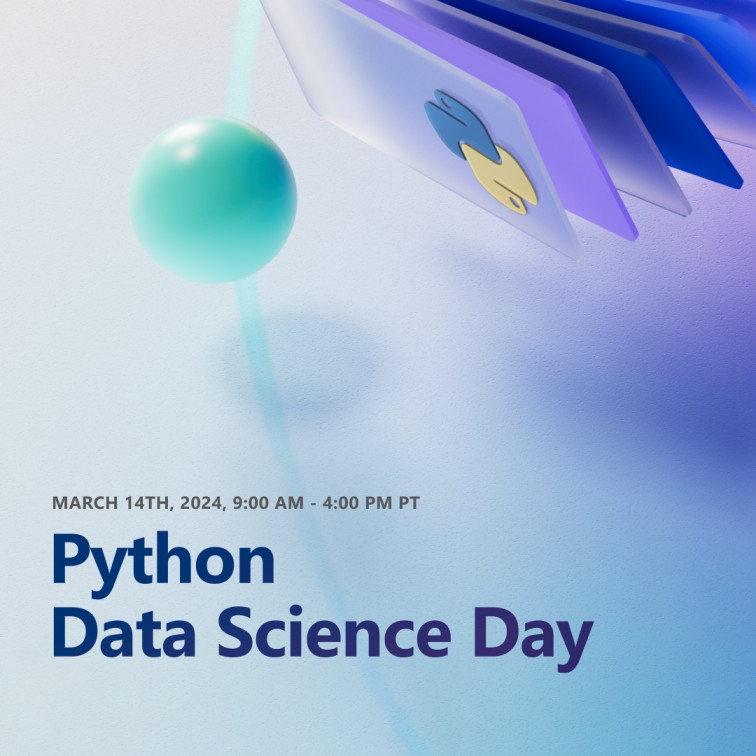
Dawn Wages writes:
> Python Data Science Day is a full day of 25 min and 5 min community contributed content March 14th, 2024 streaming on the VS Code YouTube channel.
> Start 2024 with a new goal: become an expert with Python in the cloud. Join us this quarter as we challenge ourselves with Python, Machine Learning and Data Science. > > 7 hr 1 min | 10 Modules
- • 100%www.theverge.com Midjourney bans all Stability AI employees over alleged data scraping
Midjourney claims the alleged activity caused a 24-hour service outage.
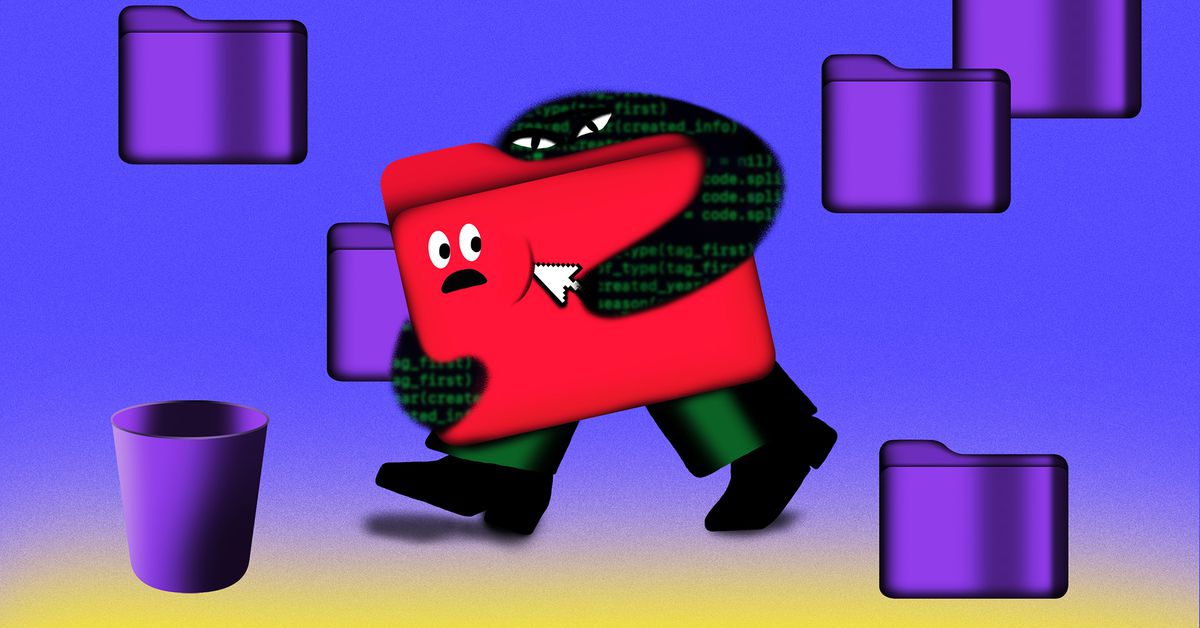
cross-posted from: https://lemmy.ml/post/13088944
- • 100%www.fabriziomusacchio.com Image denoising techniques: A comparison of PCA, kernel PCA, autoencoder, and CNN
In this post, we explore the performance of PCA, Kernel PCA, denoising autoencoder, and CNN for image denoising.
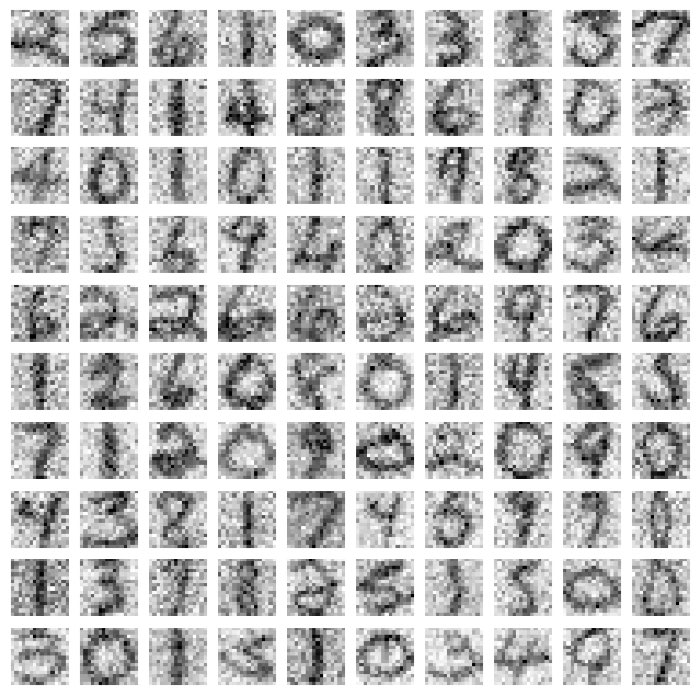
June 21, 2023 | Fabrizio Musacchio writes:
> In this post, we will explore the potential of PCA [Principal Component Analysis], denoising autoencoders and Convolutional Neural Networks (CNN) for restoring noisy images using Python. We will examine their performance, advantages, and disadvantages to determine the most effective method for image denoising.
- • 100%www.research.autodesk.com Same Stats, Different Graphs: Generating Datasets with Varied Appearance and Identical Statistics through Simulated Annealing
Why graphical representation and visualization are so important to...
The code https://github.com/jmatejka/same-stats-different-graphs
cross-posted from: https://programming.dev/post/11034601
There's a lot, and specifically a lot of machine learning talk and features in the 1.5 release of Opus - the free and open audio codec.
Audible and continuous (albeit jittery) talk on 90% packet loss is crazy.
Section WebRTC Integration → Samples has an example where you can test out the 90 % packet loss audio.
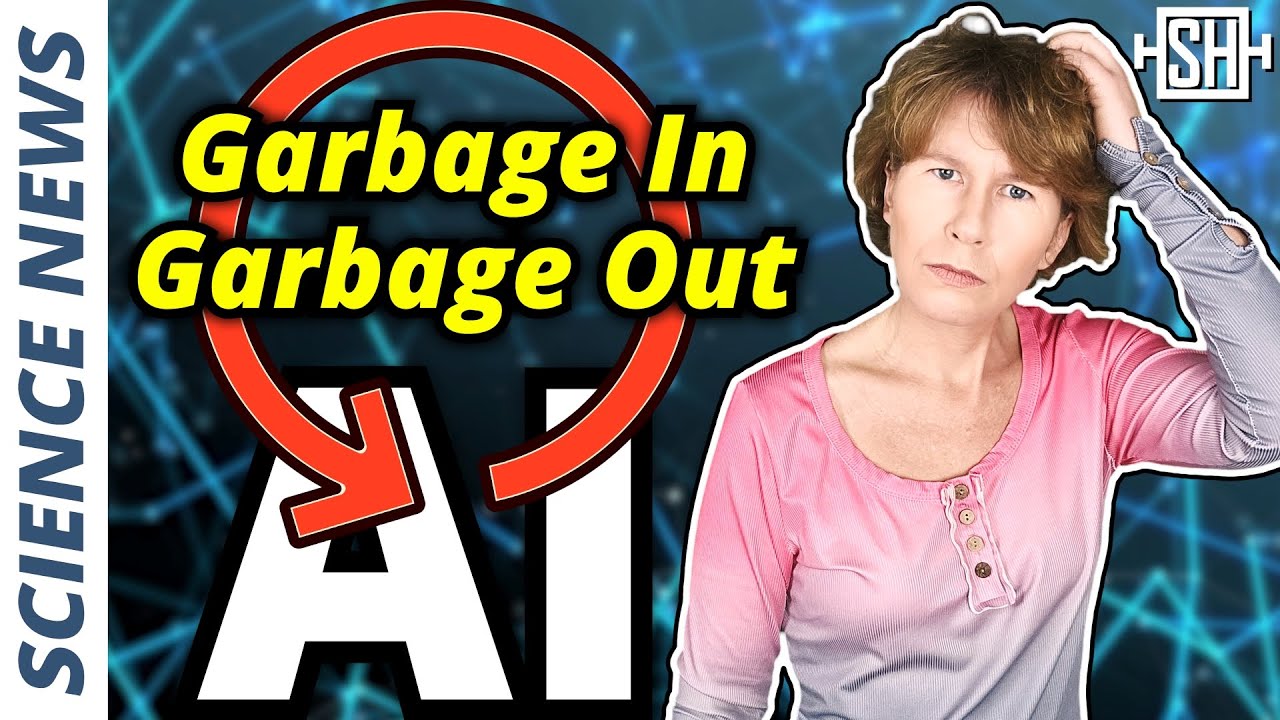
YouTube Video
Click to view this content.
2024-02-29 | Christopher Gadzinski writes:
> Physics likes optimization! Subject to its boundary conditions, the time evolution of a physical system is a critical point for a quantity called an action. This point of view sets the stage for Noether's principle, a remarkable correspondence between continuous invariances of the action and conservation laws of the system. > > In machine learning, we often deal with discrete "processes" whose control parameters are chosen to minimize some quantity. For example, we can see a deep residual network as a process where the role of "time" is played by depth. We may ask: > > 1. Does Noether's theorem apply to these processes? > 2. Can we find meaningful conserved quantities? > > Our answers: "yes," and "not sure!"
XAI = Explainable Artificial Intelligence
Dec 14 2023
Alessio Malizia and Fabio Paternò write:
> Numerous papers argue for using XAI methods in the literature, as well as multiple suggestions for brand-new XAI family approaches. Nevertheless, finding instances of practical XAI technique implementations that have enhanced the business in industry/societal/real-world applications is more challenging, even if some interesting work in this area has been put forward, for example in the health domain
Apr 17, 2017 Matt Brems writes:
> Principal component analysis (PCA) is an important technique to understand in the fields of statistics and data science… but when putting a lesson together for my General Assembly students, I found that the resources online were too technical, didn’t fully address our needs, and/or provided conflicting information. It’s safe to say that I’m not “entirely satisfied with the available texts” here. > > As a result, I wanted to put together the “What,” “When,” “How,” and “Why” of PCA as well as links to some of the resources that can help to further explain this topic. Specifically, I want to present the rationale for this method, the math under the hood, some best practices, and potential drawbacks to the method. > > While I want to make PCA as accessible as possible, the algorithm we’ll cover is pretty technical. Being familiar with some or all of the following will make this article and PCA as a method easier to understand: matrix operations/linear algebra (matrix multiplication, matrix transposition, matrix inverses, matrix decomposition, eigenvectors/eigenvalues) and statistics/machine learning (standardization, variance, covariance, independence, linear regression, feature selection). I’ve embedded links to illustrations of these topics throughout the article, but hopefully these will serve as a reminder rather than required reading to get through the article.
- • 100%www.analyticsvidhya.com Spark vs Presto: A Comprehensive Comparison
Here is the comparison of Spark vs Presto in big data processing. Understand the nuances to make informed choice in data analytics journey.
cross-posted from: https://programming.dev/post/9436800
> December 28 2023 Pankaj Singh writes: > > > In big data processing and analytics, choosing the right tool is paramount for efficiently extracting meaningful insights from vast datasets. Two popular frameworks that have gained significant traction in the industry are Apache Spark and Presto. Both are designed to handle large-scale data processing efficiently, yet they have distinct features and use cases. As organizations grapple with the complexities of handling massive volumes of data, a comprehensive understanding of Spark and Presto’s nuances and distinctive features becomes essential. In this article, we will compare Spark vs Presto, exploring their performance and scalability, data processing capabilities, ecosystem, integration, and use cases and applications. > > Read Spark vs Presto: A Comprehensive Comparison
- github.com GitHub - nydasco/jen-ai: A simple speech-to-text and text-to-speech AI chatbot that can be run fully offline.
A simple speech-to-text and text-to-speech AI chatbot that can be run fully offline. - GitHub - nydasco/jen-ai: A simple speech-to-text and text-to-speech AI chatbot that can be run fully offline.
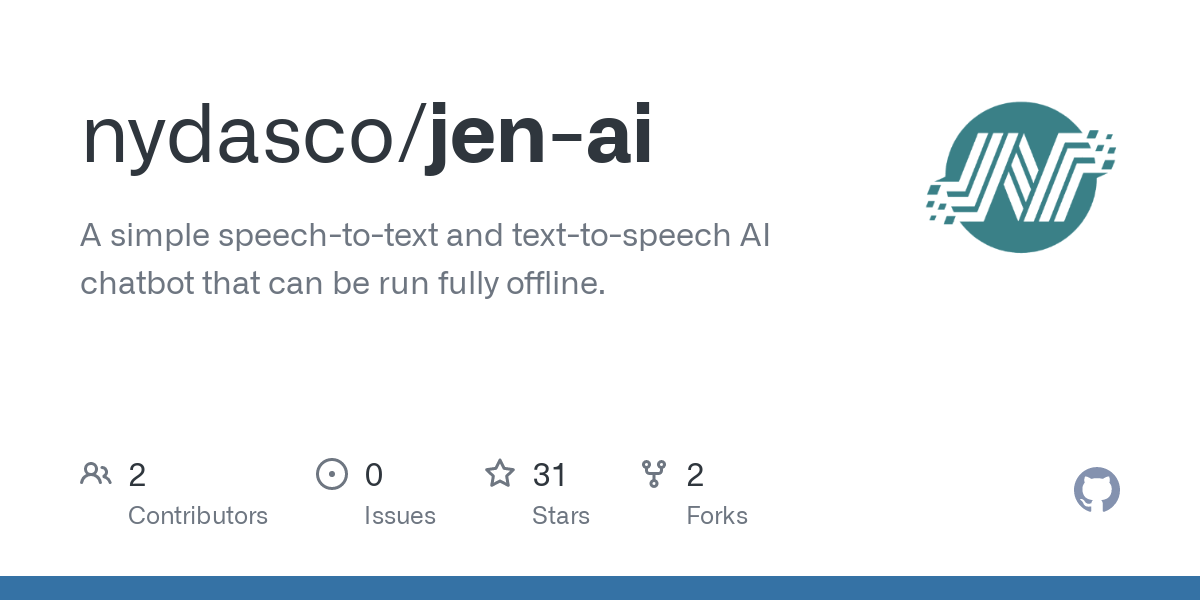
cross-posted from: https://lemmy.world/post/11196216
> Hi all, > > For those wanting a quick repo to use as a basis to get started, I’ve created jen-ai. > > There are full instructions in the readme. Once running you can talk to it, and it will respond. > > It’s basic, but a place to start.
- scientificcoder.com My Target Audience
What kind of people do I have in mind while writing this blog? People who share my professional mission of course! What is that mission you ask? Let me elaborate. From Research to Engineering I am a scientist who danced with startups and moved into i...
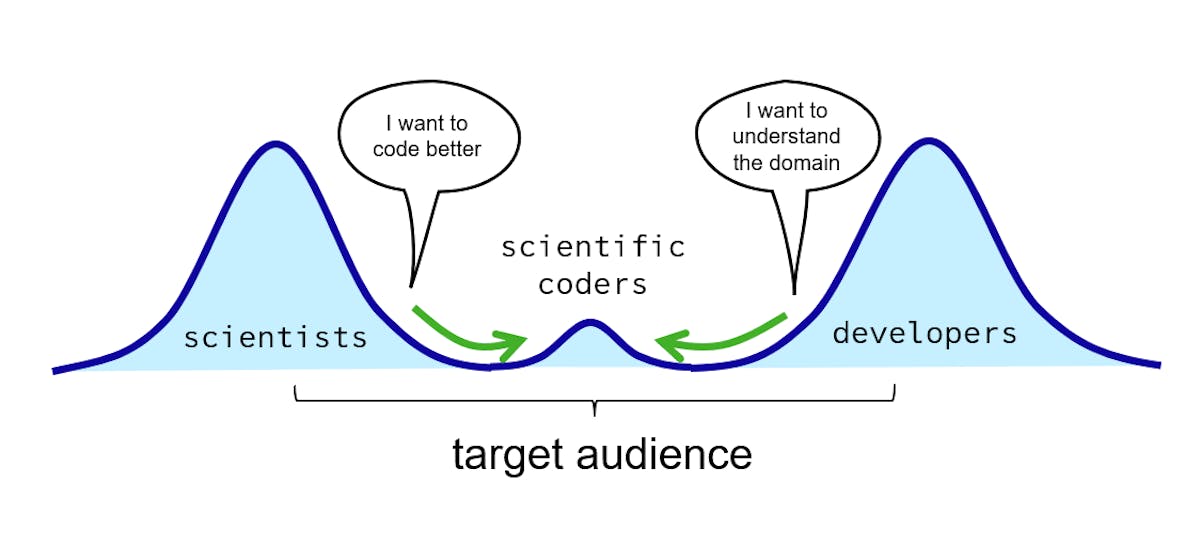
cross-posted from: https://programming.dev/post/9428234
> Apr 18, 2023 Matthijs Cox writes: > > > The “two language problem” was globally accepted for several decades. You just learn to live with it. Until one day it was challenged by the Julia language, a programming language that promises both speed and ease of use. As I feel the pain of the two language problem deeply, I wanted to try out this new solution. So together with several allies I went on a mission to adopt this new technology at work, and remove the bottleneck. > > > > While we had initial success and attention, we quickly stumbled into resistance from the existing groups of researchers/scientists and developers. Over time I have named this the “two culture problem”. In the beginning I didn’t see the cultures clearly, which limited our success. I was too focused on the technological problem itself. > > > > I will refer to the two cultures as “scientists” versus “developers”. However, the “scientists” group generalizes to anyone who codes quick and dirty to explore, such as domain experts, data analysts and others like that. I do hope everyone is doing their exploration somewhat scientifically, so the generalization should makes sense. Scientists typically want to get their stuff done, perhaps with code, but they don't care about the code. Software developers care deeply about the code craftsmanship, sometimes obsessively so, but often developers barely understand the business domain or science. There are people near the middle, trying to balance both, but they are a rare breed. > > Read My Target Audience
The article discusses the Adam optimizer, a popular algorithm in deep learning known for its efficiency in adjusting learning rates for different parameters.
Unlike other optimizers like SGD or Adagrad, Adam dynamically changes its step size based on the complexity of the problem, analogous to adjusting stride in varying terrains. This ability to adapt makes it effective in quickly finding the minimum loss in machine learning tasks, a key reason for its popularity in winning Kaggle competitions and among those seeking a deeper understanding of optimizer mechanics.
- https:// twitter.com /AIatMeta/status/1752013879532782075• 100%
Code Llama 70B: a new, more performant version of Meta's LLM for code generation is now available.
> Today we’re releasing Code Llama 70B: a new, more performant version of our LLM for code generation — available under the same license as previous Code Llama models. > > Download the models > - CodeLlama-70B > - CodeLlama-70B-Python > - CodeLlama-70B-Instruct > > CodeLlama-70B-Instruct achieves 67.8 on HumanEval, making it one of the highest performing open models available today. > > CodeLlama-70B is the most performant base for fine-tuning code generation models and we’re excited for the community to build on this work.
- realworlddatascience.net Real World Data Science - When will the cherry trees bloom? Get ready to make and share your predictions!
The 2024 International Cherry Blossom Prediction Competition will open for entries on February 1. There’s cash and prizes on offer for the best entries, including having your work featured on Real World Data Science.

Real World Data Science Writes:
> The 2024 International Cherry Blossom Prediction Competition will open for entries on February 1, and Real World Data Science is once again proud to be a sponsor. > > Contestants are invited to submit predictions for the date cherry trees will bloom in 2024 at five different locations – Kyoto, Japan; Liestal-Weideli, Switzerland; Vancouver, Canada; and Washington, DC and New York City, USA.
Read details about Real World Data Science Competition | When will the cherry trees bloom?

